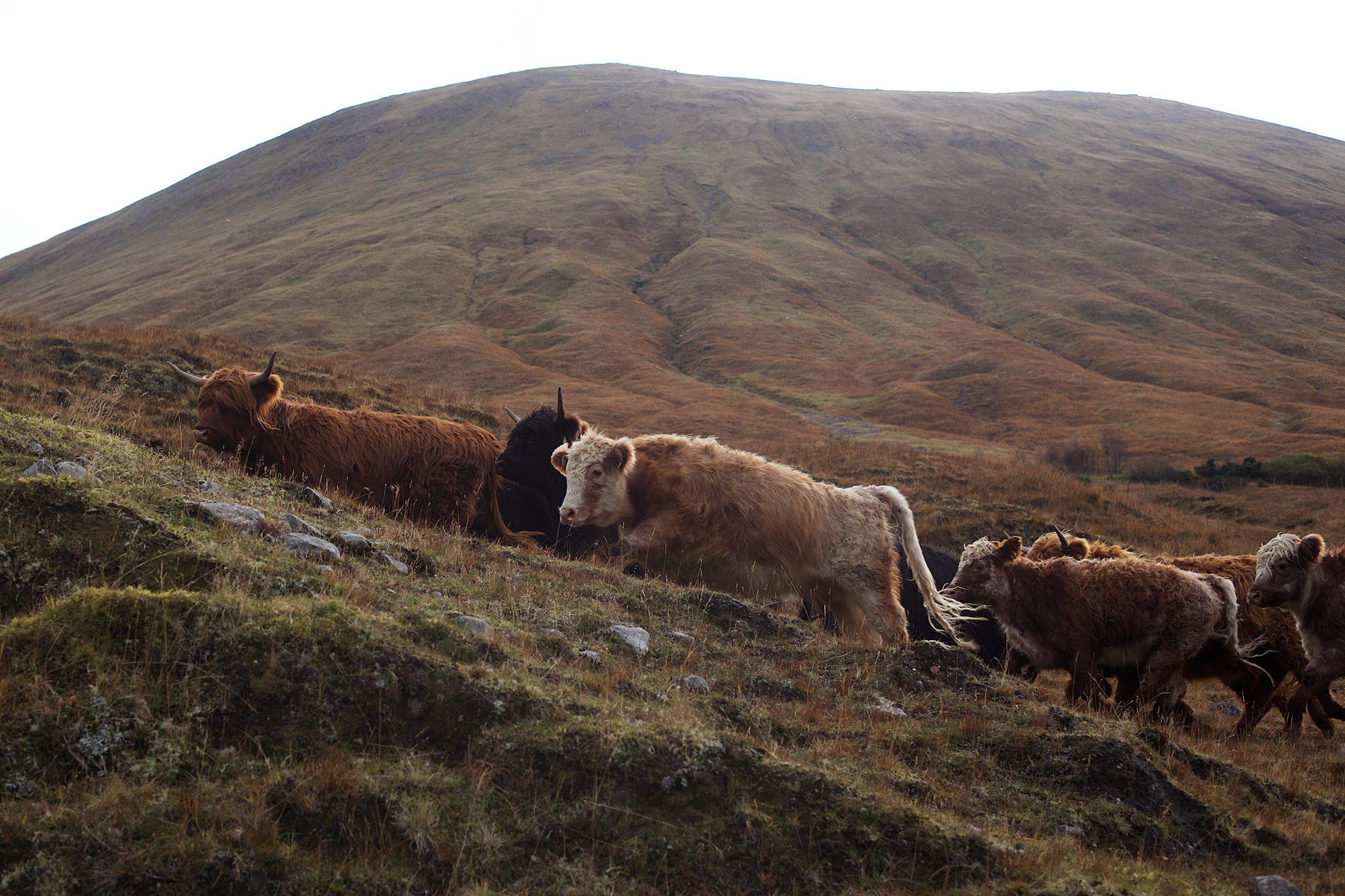It takes some time to feel at home in a new country, and to understand the rhythm of its landscapes. When I moved to England and began to explore outside of its cities, something would usually feel abnormal to me, like I was not in the kind of place I expected.
It has taken almost two years for me to understand better that feeling. It is the feeling of living in a used country. Not a used-up country, but a used one, in which all parts of the landscape have been transformed to suit the needs of past or present human civilization.
More accustomed to the open and wild landscapes of the American west, and of sharp boundaries delineating the edges of human presence in places, England felt like a whole different world. Villages run into farmland; small forest fragments are managed for timber and coppice; wetlands are managed for biodiversity, rivers have locks and footpaths cut all across the hills. To find oneself far away from other people – more than a day’s walk from view of a road or a bus stop or a pub – is nearly impossible. It is impossible to get away – a condition that for a long time made me feel out of place in this country.
I have slowly been coming to a better peace with the landscape. This human-modified environment becomes a sort of archaeological palimpsest – a chance to read the history and uses of the land from the species that populate it, and to learn about the impacts of thousands of years of continuous habitation on this island. Here are just a few examples.
Many of the forest fragments are small, and highly managed – here these lime? (Tilia sp.) trees are planted in a regular pattern, and enclosed by a fence that keeps in a large population of deer. Their impact can be seen by the uniform height of the trees’ lowest leaves, corresponding to the maximum reach of a deer. I was fascinated to recently see some work by Dr. Gerry Barnes on ancient woodlands in England. Many fragments date back to the early medieval period, and still maintain the same edges, often on the edges of parishes, with remnants of old roads or boundary mounds still visible. The overall legacy is of a landscape that has been almost completely converted from forest to agriculture and everything in between over the past thousands of years.
Some other forest fragments, usually found on hilltops and ridgelines, have even older uses. Many are thought to mark the location of barrow graves from pre-modern times, and have been preserved for thousands of years by the peoples surrounding them.
A few months ago I had my first chance to substantively explore the Scottish highlands. I was looking forward to the experience, because I imagined this area was a more wild one, and might be an interesting contrast from England.
Of course, I was wrong – while the landscape does in many places feel far more open, and less crowded, it has no less long a legacy of land use. The green clusters at the bottom of this hill are all forestry plantation, and the areas higher above are all grazed.
The impacts and scope of clearcut forestry are obvious closer up.
So is the presence of cattle and sheep. These land uses together have supported the persistence of people in this area for thousands of years, and to have transformed a landscape that was largely forested by native Caledonian pine to something wholly different.
It is impossible to think about any of these British landscapes without thinking about land management and land use choices. That was the real discovery for me, and what has finally let me feel at home in this country.
Of course, the deserts and forests of North America are certainly not pristine environments, and propagating a myth of wilderness overlooks a long history of indigenous civilizations, a troublesome narrative of Western destruction of Native American groups, and a racist history of purity and whiteness being associated with the concept. Even at home there are few places that have not been shaped by the hands of people, past or present. In some cases the signs of this use are less obvious, and are written into the species composition of modern ecosystems, or the flow patterns of rivers, or the condition of the soil. But the legacies of use are there – and we all, especially me, must find our peace with them.











Comments
4 responses to “Living in a used country”
The first image of the highlands is stunning. Do you mind if I download it and use it as a desktop background (and, of course, credit you if anyone inquires)?
Please feel free!
Thanks!
Wonderful post, Ben!